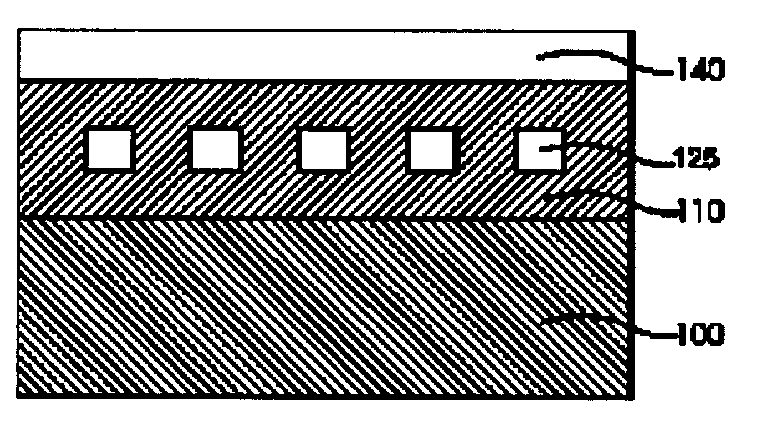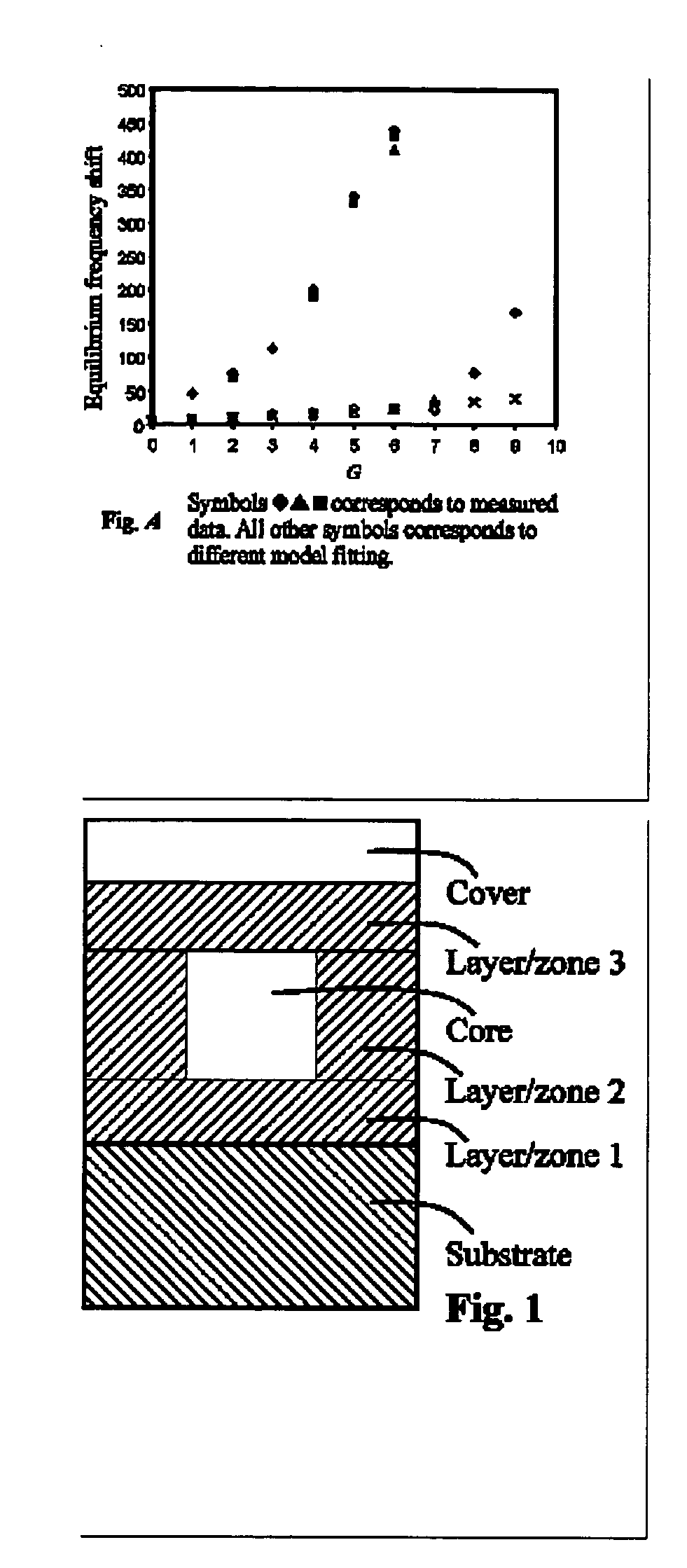Novel photonic waveguide structures for chip-scale photonic integrated circuits
a photonic integrated circuit and chip-scale technology, applied in the field of micro and nanophotonic waveguide fabrication, can solve the problems of inability to fabricate devices using waveguides produced by these methods, and inability to meet the requirements of refractive index differential, etc., to achieve the effect of simple refractive index differential requirements, low cost and light weigh
- Summary
- Abstract
- Description
- Claims
- Application Information
AI Technical Summary
Benefits of technology
Problems solved by technology
Method used
Image
Examples
Embodiment Construction
[0031] Natural Index Contrast Effects
[0032] When two layers of two different materials are brought in contact of each other at an interface, there exists an energy difference similar to the energy levels produced in a semiconductor by dopant atoms. In case of dielectric thin films of two different materials, one laid on top of another, there will be a difference in refractive index (RI) between the two layers. Light, incident at an appropriate angle on these layers, will bend towards the higher RI material at the interface (the total internal reflection). When a higher RI material is completely enclosed in a lower RI material, incident light will propagate within the enclosed region thus forming a waveguide, similar to a step index optical fiber. The guiding layer is called the core and the surrounding layer is called the cladding.
[0033] Existing methods for fabricating waveguides are mostly based on glass based materials where expensive equipments are necessary for deposition, do...
PUM
 Login to View More
Login to View More Abstract
Description
Claims
Application Information
 Login to View More
Login to View More - R&D
- Intellectual Property
- Life Sciences
- Materials
- Tech Scout
- Unparalleled Data Quality
- Higher Quality Content
- 60% Fewer Hallucinations
Browse by: Latest US Patents, China's latest patents, Technical Efficacy Thesaurus, Application Domain, Technology Topic, Popular Technical Reports.
© 2025 PatSnap. All rights reserved.Legal|Privacy policy|Modern Slavery Act Transparency Statement|Sitemap|About US| Contact US: help@patsnap.com



